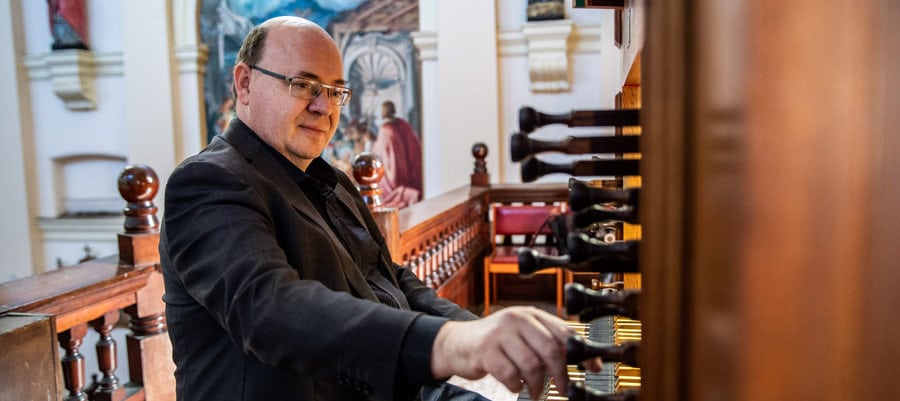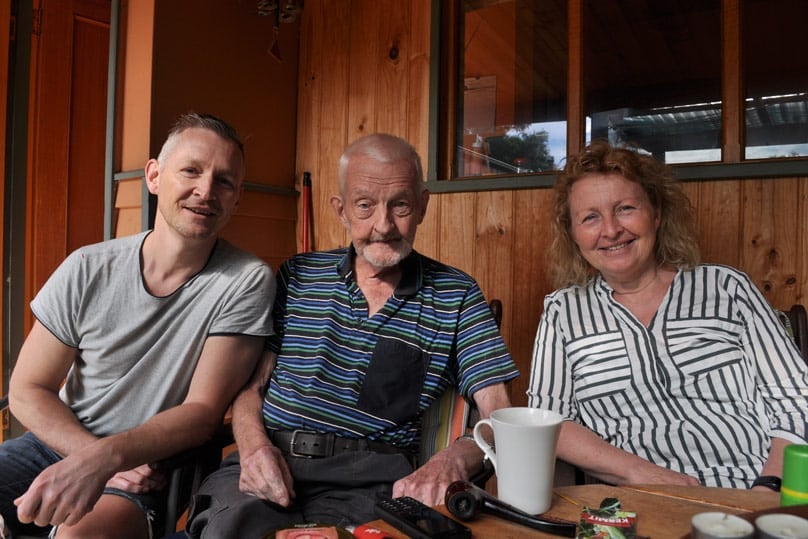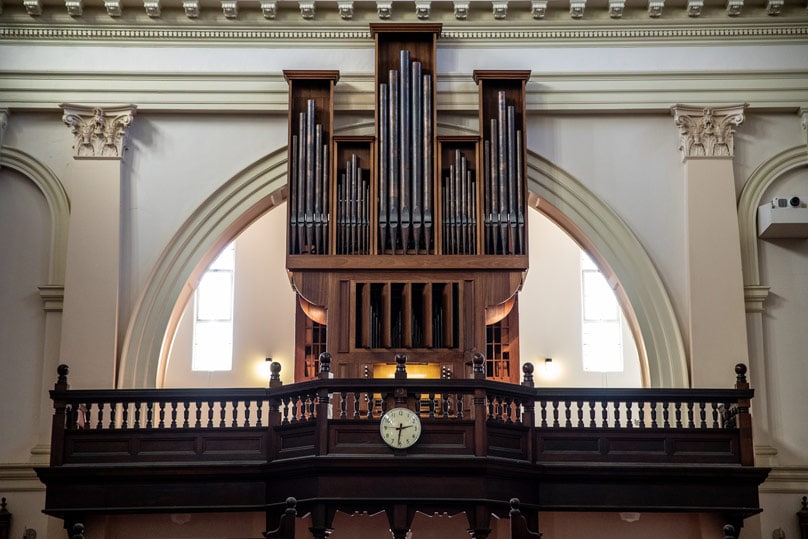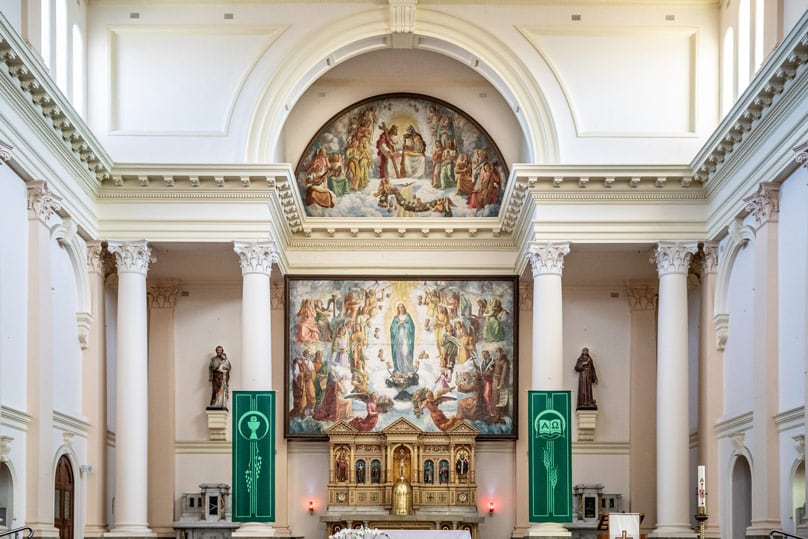
Step into the Mary Immaculate Church at Waverley and you’ll not only find a gorgeous Greco Roman interior but a remarkable pipe organ with a story of its own.
It’s the first one in Australia to have showcased the talent of Knud Ludvig Smenge, a Danish pipe organ builder who has been remembered with respect and admiration for his contribution to the craft.
Smenge built 41 new organs in every Australian state and the ACT and is said to have revolutionised Australian’s appreciation of contemporary organ building.
Mr Smenge died at Alexandra, Victoria, on 4 May at the age of 80.
Thomas Wilson, director of music at St Mary’s Cathedral paid tribute to Mr Smenge as one of the most significant builders of musical instruments to have lived and worked in this country.
He has played several organs built by Smenge, among them the one at St Stephen’s Catholic Cathedral in Brisbane, at St George’s Anglican Cathedral in Perth and at Newcastle’s Conservatorium of Music.
“His was a remarkable achievement,” Mr Wilson said. “ Pipe organs are big and expensive and take a long time to build.

“Not only did he build quite a few of things all around the country but they were also quite forward-thinking instruments.”
Mr Smenge came to Australia in 1979 to work for renowned firm Geo. Fincham & Sons on the pipe organ for Mary Immaculate Church in Waverley.
Fr John de Luca commissioned the building of the Waverley organ.
The director of music for St Mary’s Cathedral from 1970-75 told The Catholic Weekly that he was approached by the then parish priest Fr Hilary Turner OFM to act as a consultant for the acquiring of a new organ for the centenary of the establishment of the Franciscan Friars at Edgecliff, Paddington and Waverley.

“They had a pipe organ but it was old and not very satisfactory and the parish had put up the money for a new one,” Fr de Luca said.
He recommended Finchams, knowing they would be able to complete the work in time.
“They were starting to build mechanical action instruments, embracing the organ reform movement in Europe,” he said. “But I said to David Fincham they would need to do something about the voicing of the instrument.”
Voicing refers to the process of adjusting the tone of an organ’s pipes, and is a meticulous craft for which Mr Smenge had a particular talent.

“As soon as I heard a recording of music played on an organ [Smenge] had voiced, and learnt he had apprenticed for the firm I most admired, Marcussen & Son, I knew he was the one who could do it.”
After the damage and destruction of so many churches and cathedrals in Europe during the two World Wars, new organs were being built according to a return to the 18th century classical style.
“Knud was a wonderful voicer, but he didn’t just do voicing; he brought valuable knowledge of the Northern European reform of traditional organ building,” said Fr de Luca.
From 1981 Mr Smenge ran his own firm and hand-built and reconstructed many large and small organs for churches, schools, universities, and private houses.

He designed all of his instruments’ components himself and also scaled and voiced the pipework.
Mr Wilson said that when Knud arrived in Australia organ makers had been experimenting with electric instruments for some time.
“Because he came from Europe he brought the knowledge of a more purely mechanical instrument, and how to make them better,” he said.
“The goal of any instrument maker is to make an instrument which is expressive, musical, and more human, and that’s what he did.
“By the end of his career he was blending the best elements of electric-action organs with the European mechanical aesthetic.”
Kurt Ison, organist at Mary Immaculate, said its organ is “a fine liturgical organ that speaks into a generous acoustical space.”
